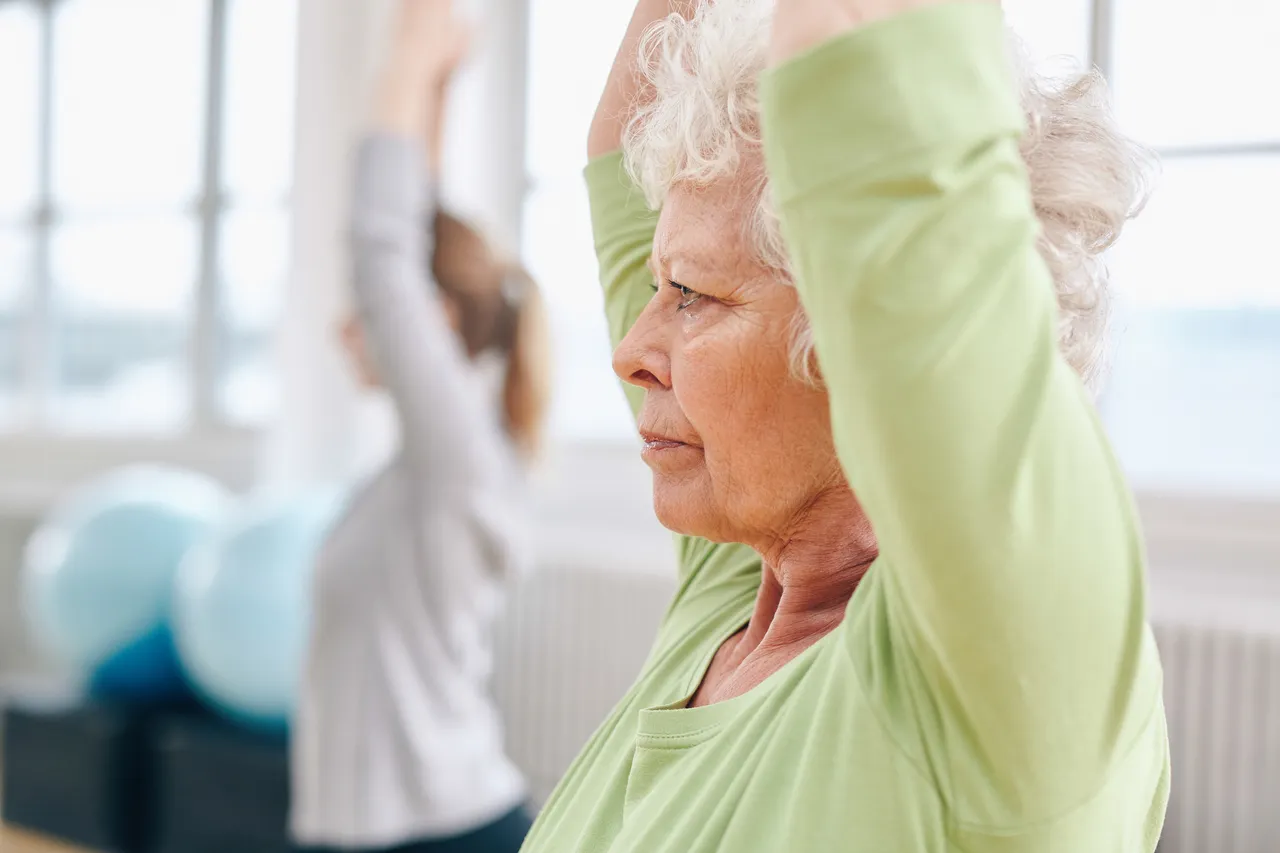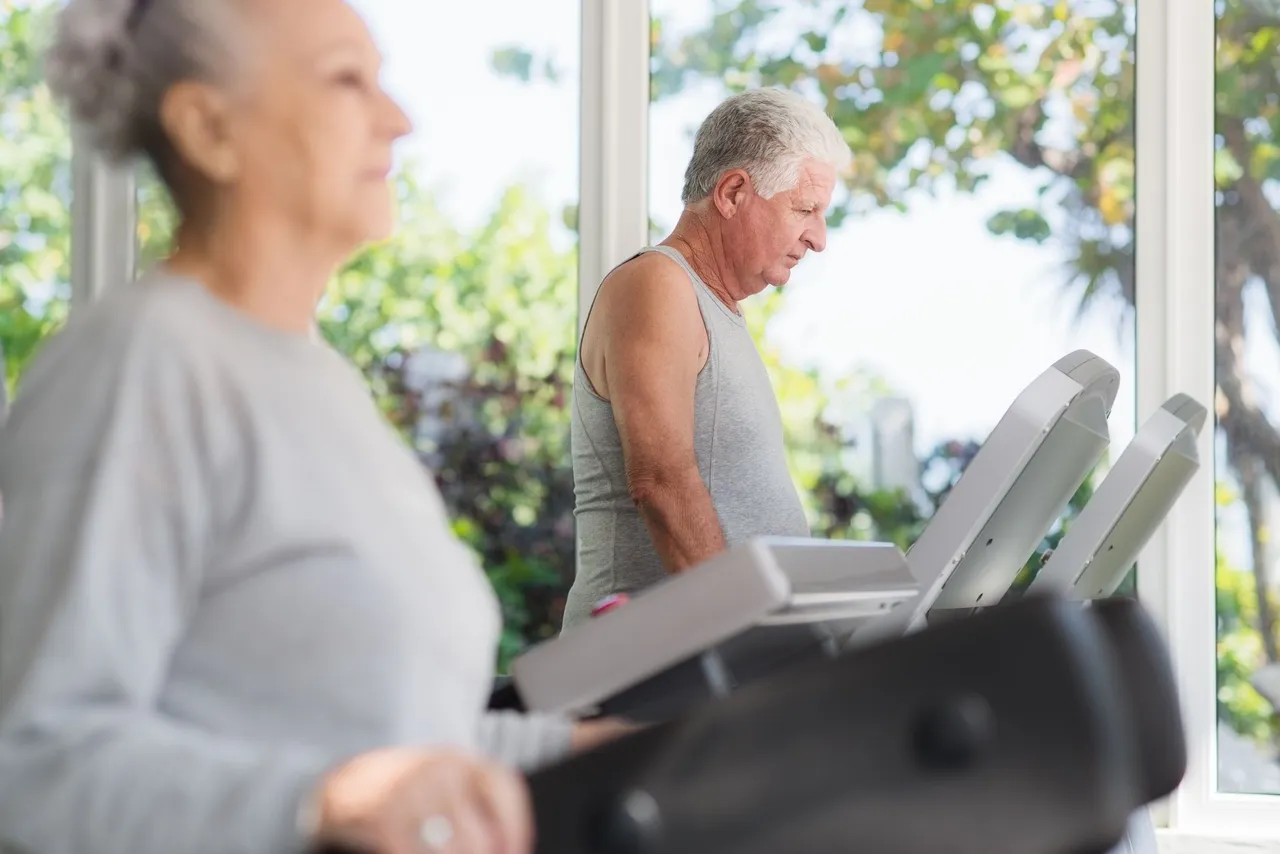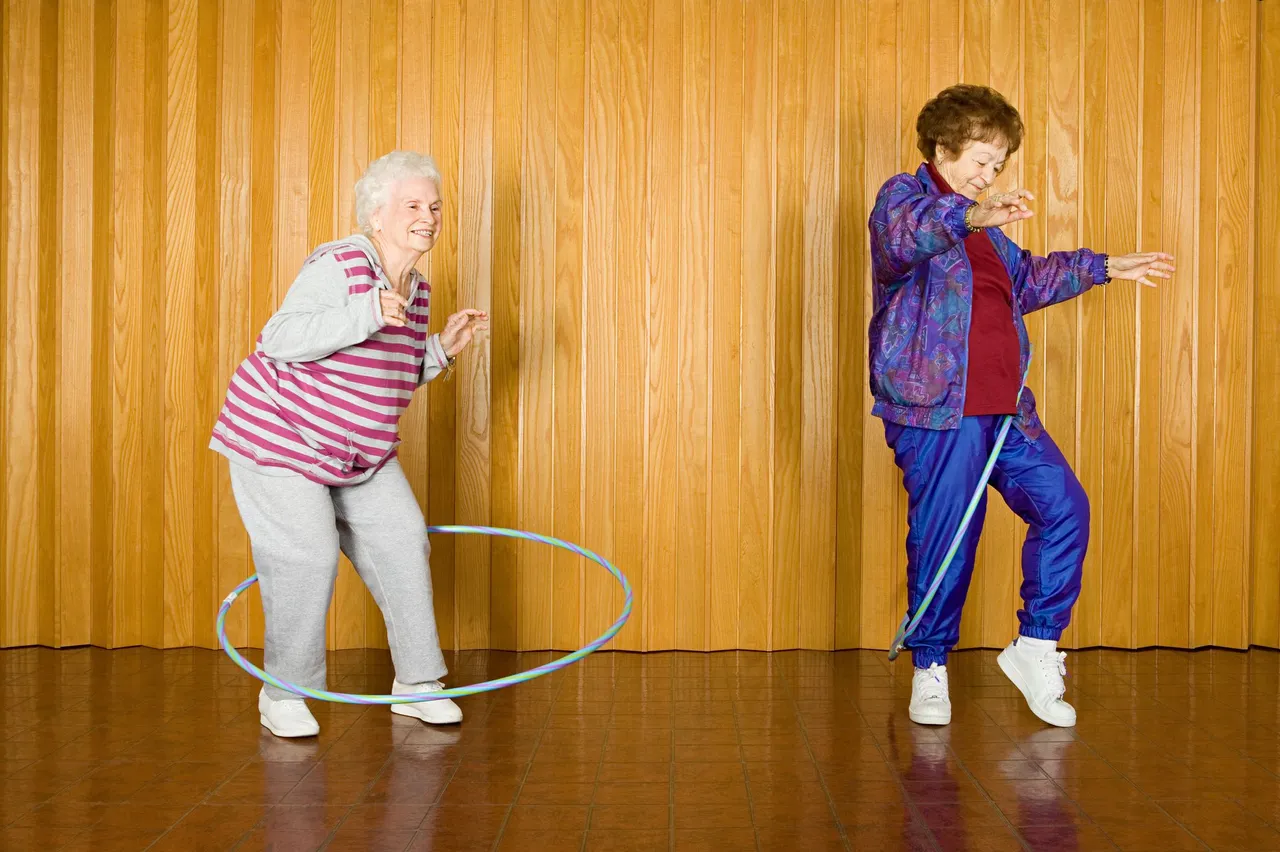
Introduction
Beetroot juice has been lauded in recent years as having potential cardiovascular benefits as well as enhancing exercise capacity.

A new study in the Journal of The Gerontological Society of America by Petrie et al [1] suggests that a combination of BOTH exercise and beetroot juice provide added benefits beyond just exercise alone when it comes to antiaging activity on the aging brain.
The authors summarise it very well in their conclusions:
Older adults who exercised and consumed BRJ demonstrated greater consistency within the motor community and fewer secondary connections with the insular cortex compared with those who exercised without BRJ. The exercise + BRJ group had brain networks that more closely resembled those of younger adults, showing the potential enhanced neuroplasticity conferred by combining exercise and BRJ consumption.
Unfortunately this is not an open access study but if you are interested the abstract does provide a good summary.
I'm aware that people have limited time for reading so I will keep this short and super simple - as always do let me know if I have the balance right though.
How Does Beetroot Juice Work?
It is believed that beetroot juice acts by raising nitric oxide (NO) levels.

NO is a compound that can relax the smooth muscle in the walls of arteries, leading to improved blood flow and reduced blood pressure (which can reduce the amount of work your heart needs to do).
This is likely what makes it such a potent combination with exercise.
In simple terms the NO makes it easier for the blood to get into your muscles (including your heart).
It doesn't just affect muscles though and this study suggests these changes in blood flow may have positive effects on the brain too.
Methods
Twenty-six subjects with a mean age of 65.4 years were given a six week course of either exercise and a beetroot juice supplement or exercise and placebo.

The placebo that was used was an identical beetroot juice supplement which had the nitrate content reduced to insignificant levels.
The exercise consisted of three 50 minute walking sessions per week for the six week period.
MRI (magnetic resonance) imaging was used to analyse brain function and connectivity before and after the intervention period.
Metabolic activity (MET) was determined using graded exercise tests.
Tests were also performed to measure nitrite/nitrate levels post consumption of the beetroot juice supplements.
Results
Put simply the main finding seems to be that the active intervention group had brains that were more consistent with a younger age group on MRI scanning.

Of particular interest to me is the fact that the intervention group had REDUCED interconnectivity between the somatomotor cortex and insular regions.
The insula is involved in integrating a variety of inputs from the body and other brain regions, in this case it is particularly relevant to integrating information for mobility/movement.
It is believed that reduced mobility ENHANCES such connections possibly as an attempt by the brain to adapt to reduced sensory/motor inputs.
A reduction in connectivity is therefore consistent with a more youthful and healthy brain.
Finally although there appeared to be some metabolic improvements as assessed by the exercise testing these did not reach statistical significance - this may be due to the short intervention period.
Problems

There are two major problems here:
- Tiny Sample Size.
- Short Duration of Intervention.
We often run into the issue of small sample size. It brings up the issue of repeatability and this is further compounded by the short intervention period here.
The short duration of the intervention may also be responsible for the metabolic measurements not reaching statistical significance.
These kinds of issues are common in medical research due to the high costs involved and we must always take them into consideration when assessing studies.
On a side note testing of nitrite/nitrate levels did show a significant increase in blood levels in those who consumed the "active" (nitrate-rich) beetroot juice supplement but not in those consuming the placebo version. This is what we would expect but it is good to have confirmation.
The analysis of brain activity and connectivity using the MRI scans is beyond my level of expertise (as I am not a medical physicist) so I can't really comment on that from a technical standpoint.
Conclusion

This research suggests that supplementing exercise with beetroot juice may help to restore more youthful brain activity and connectivity in older subjects BEYOND what can be achieved with exercise alone.
This adds to existing body of evidence on beneficial effects from beetroot juice consumption on exercise and cardiovascular health.
As is often the case this study requires further confirmation using larger sample sizes and longer intervention periods. This is an encouraging start though.
Thank you for reading

References
- Petrie, Meredith, W. Jack Rejeski, Swati Basu, Paul J. Laurienti, Anthony P. Marsh, James L. Norris, Daniel B. Kim-Shapiro, and Jonathan H. Burdette. 2016. “Beet Root Juice: An Ergogenic Aid for Exercise and the Aging Brain.” The Journals of Gerontology. Series A, Biological Sciences and Medical Sciences, November. doi:10.1093/gerona/glw219.
